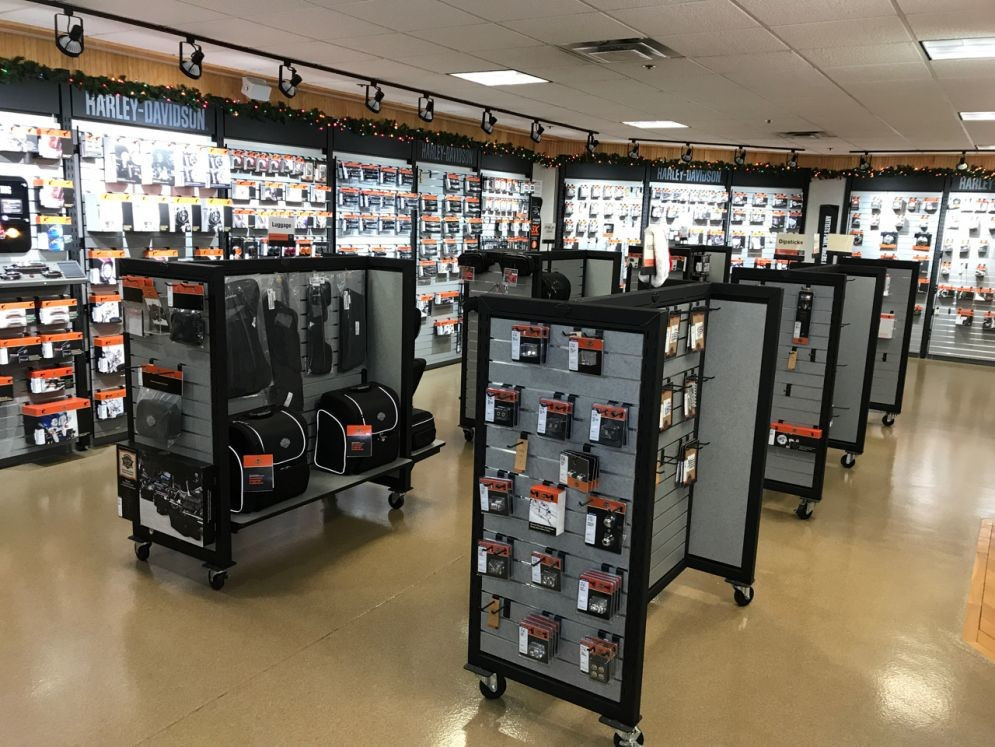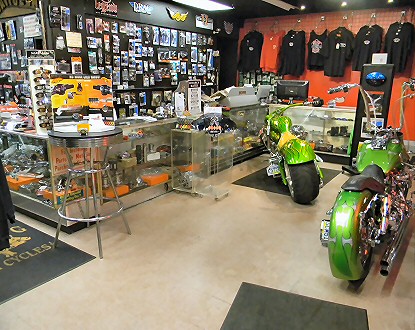Must-Have Motocross Gear: Raise Your Riding Experience Today
Understanding Motorbike Gears: Just How to Enhance Your Riding Experience
In the world of motorcycling, understanding the art of equipment control is essential for enhancing your riding efficiency. Properly comprehending and utilizing motorbike gears can substantially influence fuel, control, and acceleration performance, transforming an average experience right into a smooth, thrilling trip.
Comprehending Gear Mechanics
Exactly how do the ins and outs of gear auto mechanics affect bike performance? At the core of motorcycle characteristics, gear auto mechanics play a crucial role in converting engine power right into motion, eventually dictating rate and control. Gears, meticulously crafted components, permit motorcyclists to enhance torque and rate, making sure a smooth transition with various terrains and rates. The gear ratios, meticulously created, figure out the connection in between engine revolutions and wheel turns, influencing acceleration and fuel effectiveness.
Comprehending gear mechanics starts with acknowledging the importance of the transmission, which houses numerous gears of differing dimensions. These gears communicate through a procedure referred to as meshing, where teeth of different equipments engage to transmit power. The accuracy of this communication is essential; any kind of imbalance or damage can bring about ineffective power transfer, impeding performance. In addition, the setup and size of equipments affect the bike's ability to handle various tons and rates.
In addition, the concept of equipment shifting is important to making the most of efficiency. Smooth and timely changes ensure that the engine runs within its optimum power band, stopping unneeded strain and improving longevity (motocross parts nz). By comprehending these mechanical details, bikers can attain a harmonious blend of control, power, and effectiveness, elevating their riding experience
Timing Your Changes
Change timing mastery is essential for optimizing motorbike performance and improving the riding experience. Effectively timed shifts make sure that the engine operates within its optimum power band, which is important for keeping control, achieving smooth velocity, and ensuring the long life of the motorbike. Cyclists should create an user-friendly feeling of when to shift equipments, which entails understanding the partnership in between engine transformations per min (RPM) and speed.
To grasp change timing, pay very close attention to the engine's noise and really feel, as these provide important clues about when to transform equipments. The optimal shift factor typically happens when the engine approaches the upper array of its power band without reaching the redline. Shifting too early can lead to an absence of power, while changing far too late may create unneeded engine strain
In addition, roadway conditions and riding design impact shift timing. In city settings, smoother and extra frequent shifts might be necessary to browse web traffic successfully. In comparison, during highway riding, less shifts at greater speeds can be more proper. Practicing in different environments will certainly enhance your capacity to time shifts specifically, ultimately raising your riding experience to an expert degree.
Enhancing Gas Efficiency
While understanding motorbike gears is critical for efficiency, improving fuel performance is similarly vital for both environmental and economic reasons. Ideal gas usage not only reduces functional prices however additionally minimizes the environmental impact of riding. To achieve this, one need to comprehend the detailed connection between gear choice and engine performance.
Firstly, picking the right gear at appropriate speeds can substantially impact gas usage. Riding in a higher equipment at navigate here lower rates can cause engine lugging, which is detrimental to both fuel economic climate and engine health. Alternatively, riding in lower gears at high rates causes unneeded gas usage. Therefore, preserving an optimal balance by shifting equipments abreast with road conditions and prepared for maneuvers is vital.
Additionally, normal upkeep plays an essential function in fuel effectiveness. Making certain that the bike is well-tuned, with tidy air filters and properly inflated tires, can improve the rules of aerodynamics and minimize gas waste. Additionally, embracing a riding design that welcomes steady velocity and smooth deceleration can contribute to much better fuel economic climate.

Methods for Smooth Transitions
Achieving smooth equipment transitions is basic to enhancing the riding experience and making certain the durability of a bike's transmission system. Correct gear changing not just adds to a seamless trip however additionally reduces deterioration on the mechanical elements. To grasp the art of smooth changes, motorcyclists must concentrate on a few crucial techniques.

Second of all, clutch control plays an essential duty. Involving and disengaging the clutch smoothly calls for method. The clutch bar need to be released slowly, enabling a seamless transfer of power from the engine to the wheels without causing a shock or sudden activity.

Adjusting to Road Problems
Navigating varied road conditions is a vital skill for any kind of motorcyclist aiming to keep control and security. Whether you're riding on wet surfaces, crushed rock roadways, or browsing doglegs, your capacity to adjust your go equipment use and riding technique is paramount. Comprehending exactly how to change your equipments suitably can substantially influence grip and stability, guaranteeing a safer trip.
In comparison, when riding on gravel or unequal surface, lower gears are better. Reduced equipments offer better control and enable you to react even more quickly to unexpected changes in the road surface area.
Sharp curves demand exact equipment management to balance rate and control. Downshifting prior to getting in a contour can aid maintain momentum while guaranteeing the motorcycle continues to be stable throughout the turn. Constant technique in varied problems enhances your capacity to respond and forecast to changes in road appearance and incline.
Conclusion
Understanding motorbike gears dramatically improves the riding experience by improving velocity, control, and gas effectiveness. Adapting equipment choice to numerous road problems, such as utilizing greater equipments on wet surface areas and reduced equipments on crushed rock, further boosts handling and security.
Recognizing gear technicians starts with recognizing the value of the transmission, which houses numerous gears of differing sizes. These equipments engage through a process understood as meshing, where teeth of different gears engage to transfer power (motorcycle shop). Mild adjustments to the throttle during gear changes can protect against jerky movements and keep a regular riding speed
Whether you're riding on damp surfaces, gravel roads, or navigating sharp turns, your capacity to adjust your equipment use and riding method is critical. Adapting gear selection to various road conditions, such as utilizing greater equipments on damp surface areas and reduced equipments on gravel, more boosts handling and security.